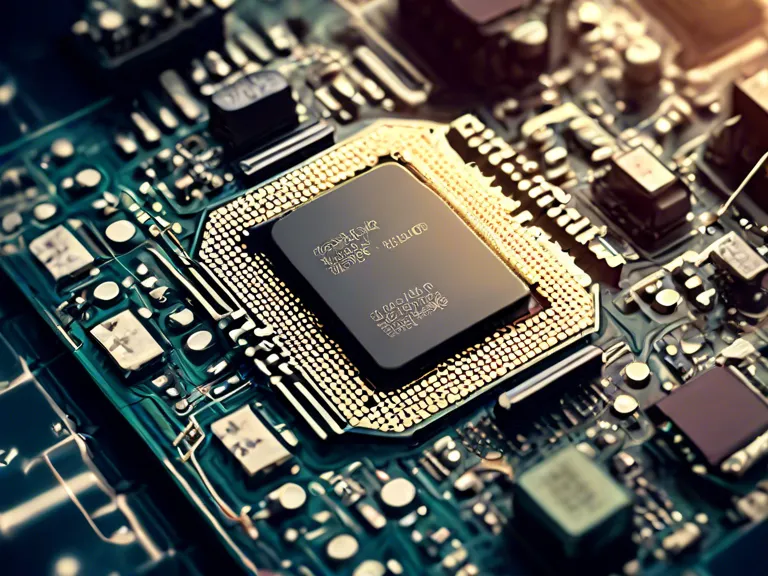
Semiconductors have come a long way since their inception, powering the technological advancements that drive our modern world. Recent advances in chip design and manufacturing are revolutionizing the tech industry, enabling smaller, faster, and more efficient devices than ever before. From smartphones to self-driving cars, semiconductors play a crucial role in shaping the future of technology.
The first semiconductor devices were created over a century ago, but it wasn't until the mid-20th century that the integrated circuit, or microchip, was developed. This breakthrough allowed for the miniaturization of electronic components and paved the way for the digital revolution. Since then, semiconductor technology has evolved rapidly, with each new generation of chips becoming more powerful and energy-efficient.
One of the key drivers of semiconductor advancement is Moore's Law, which states that the number of transistors on a chip doubles approximately every two years. This relentless pace of innovation has led to the development of ever-smaller transistors and more complex circuits, resulting in the exponential growth of computing power. Today, leading chip manufacturers are pushing the limits of current semiconductor technology, exploring new materials and designs to keep up with the demands of an increasingly interconnected world.
The rise of artificial intelligence, Internet of Things, and 5G technology is driving the need for more powerful and efficient semiconductors. Companies like Intel, AMD, and Qualcomm are investing heavily in research and development to create chips that can handle the demands of these emerging technologies. Quantum computing, in particular, holds great potential for revolutionizing the way we process information, with companies like IBM and Google leading the charge in developing practical quantum systems.
As we look towards the future, the evolution of semiconductors will continue to play a crucial role in shaping the technology landscape. From advanced sensors to high-performance computing, the possibilities are endless. With each new breakthrough in chip design, we are one step closer to unlocking the full potential of the digital age.



